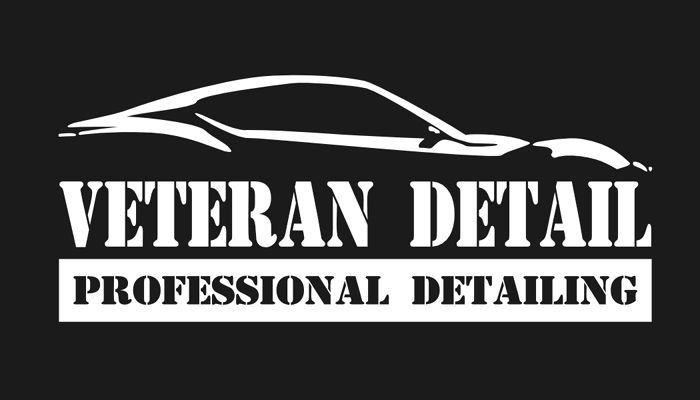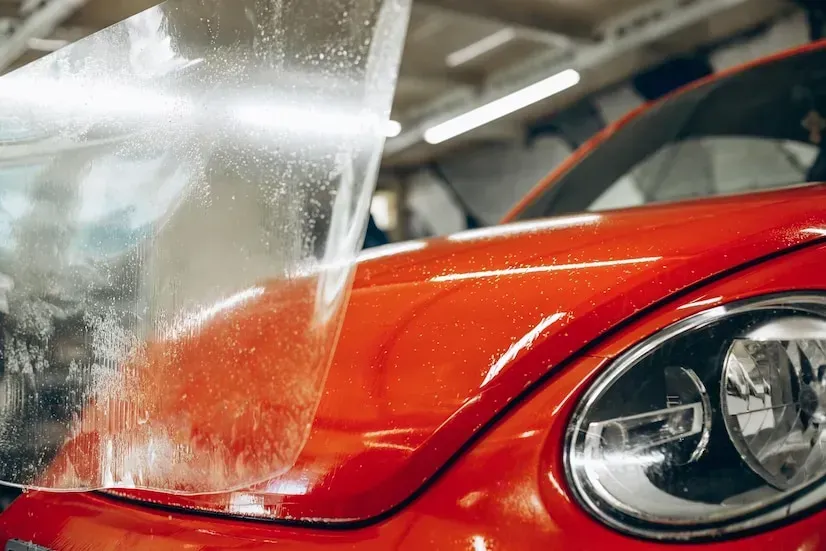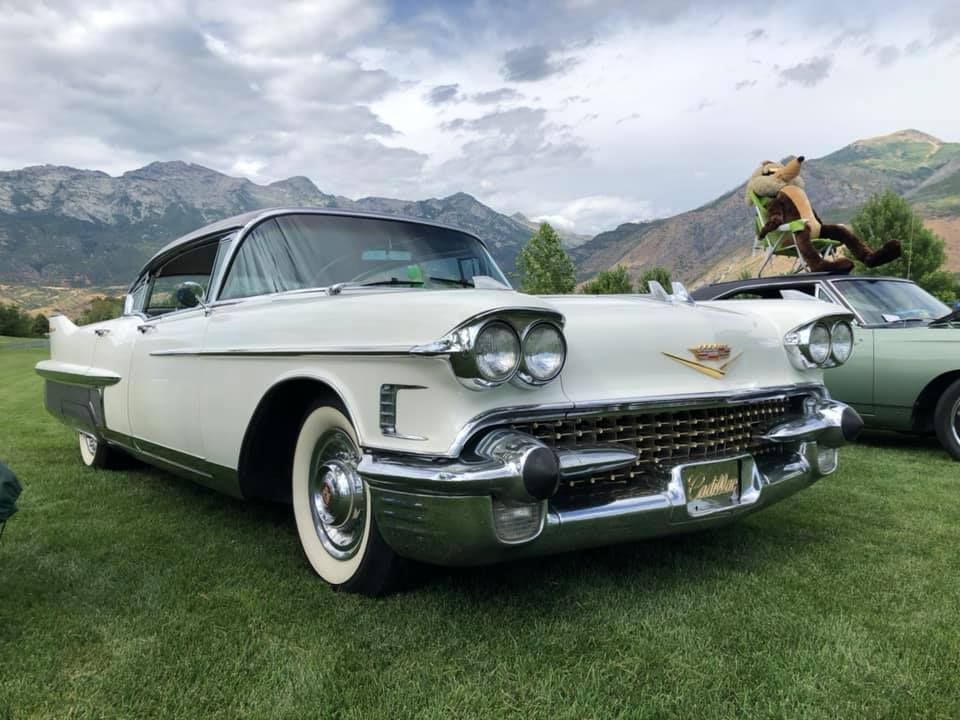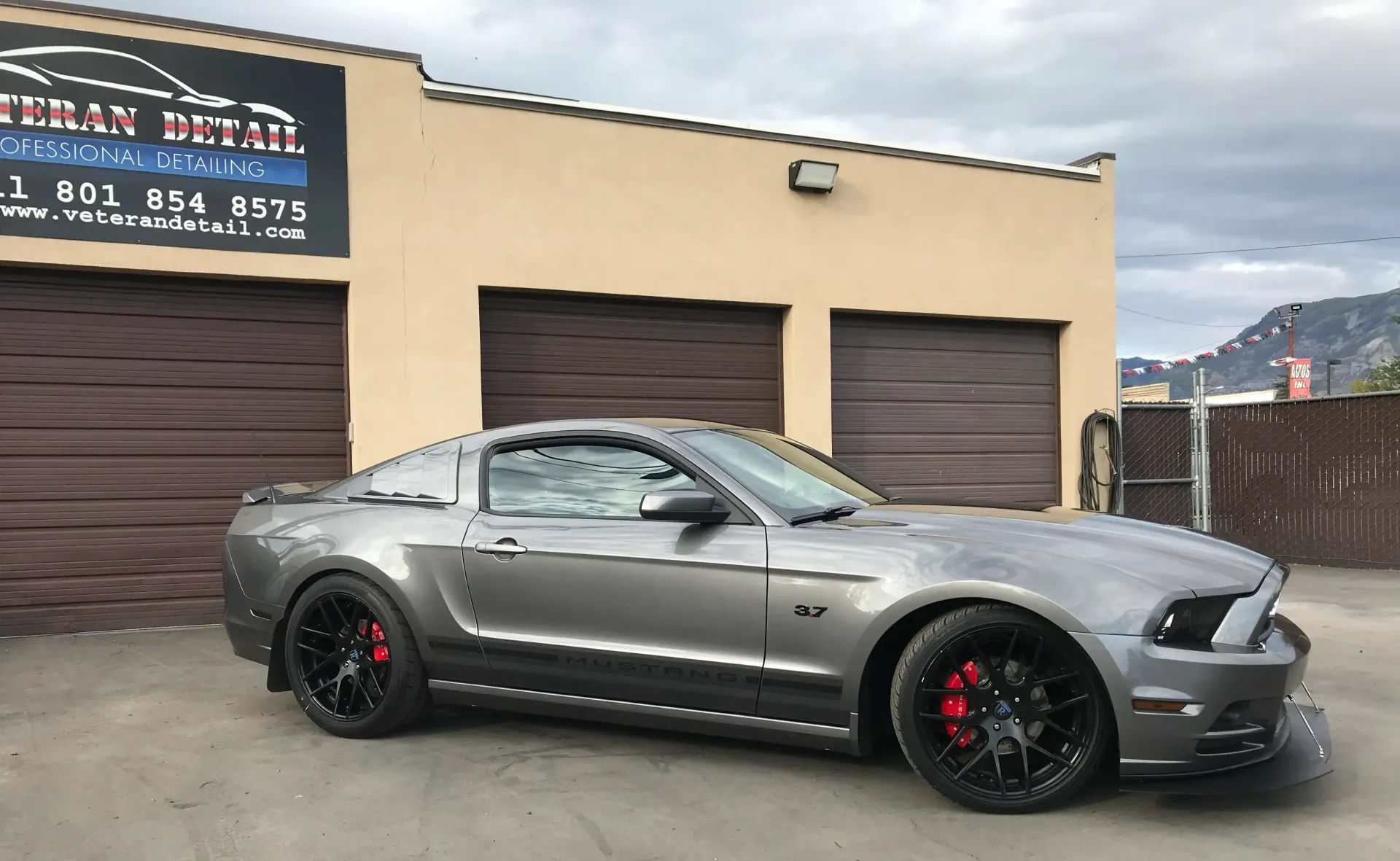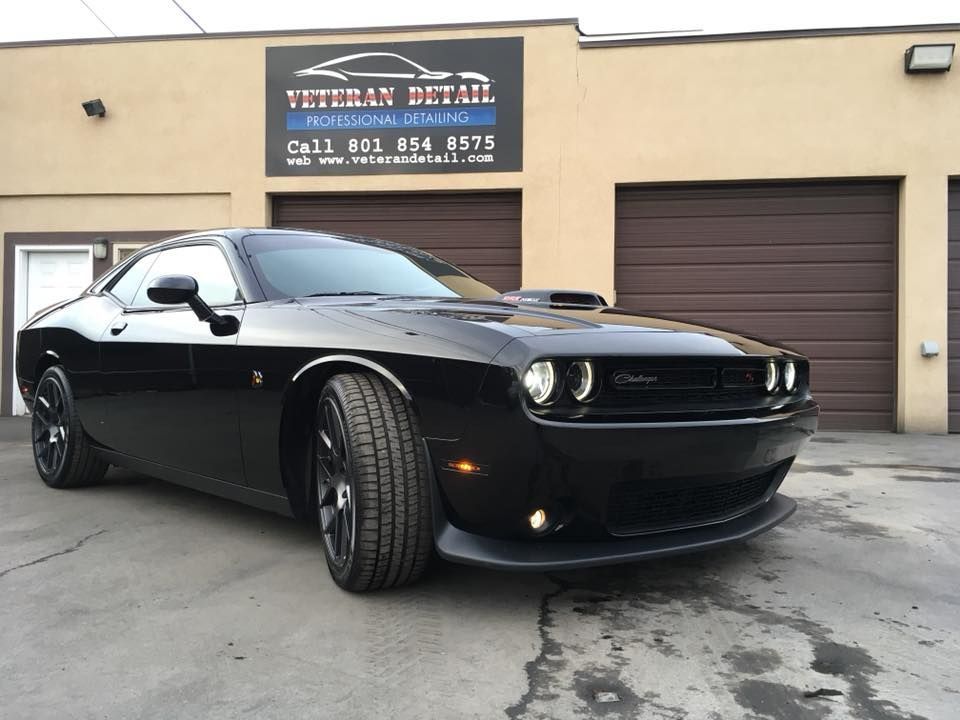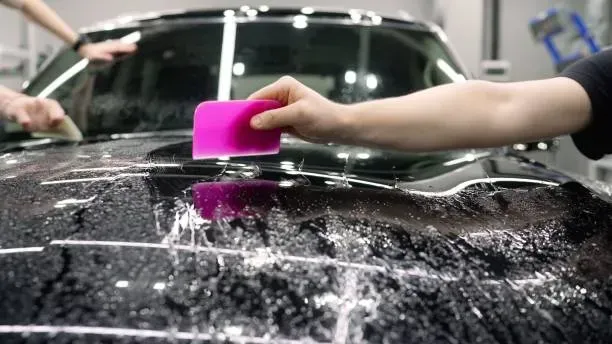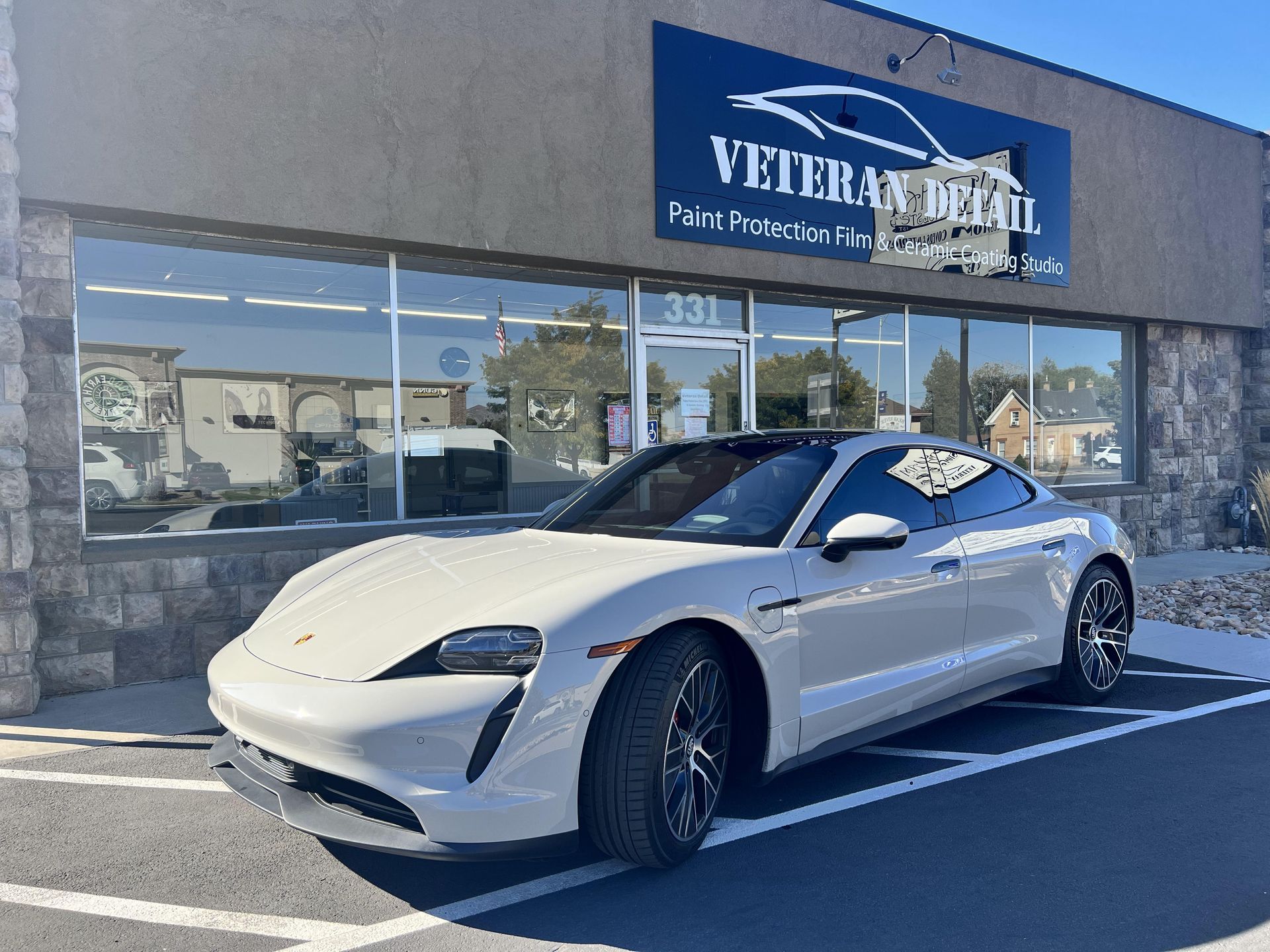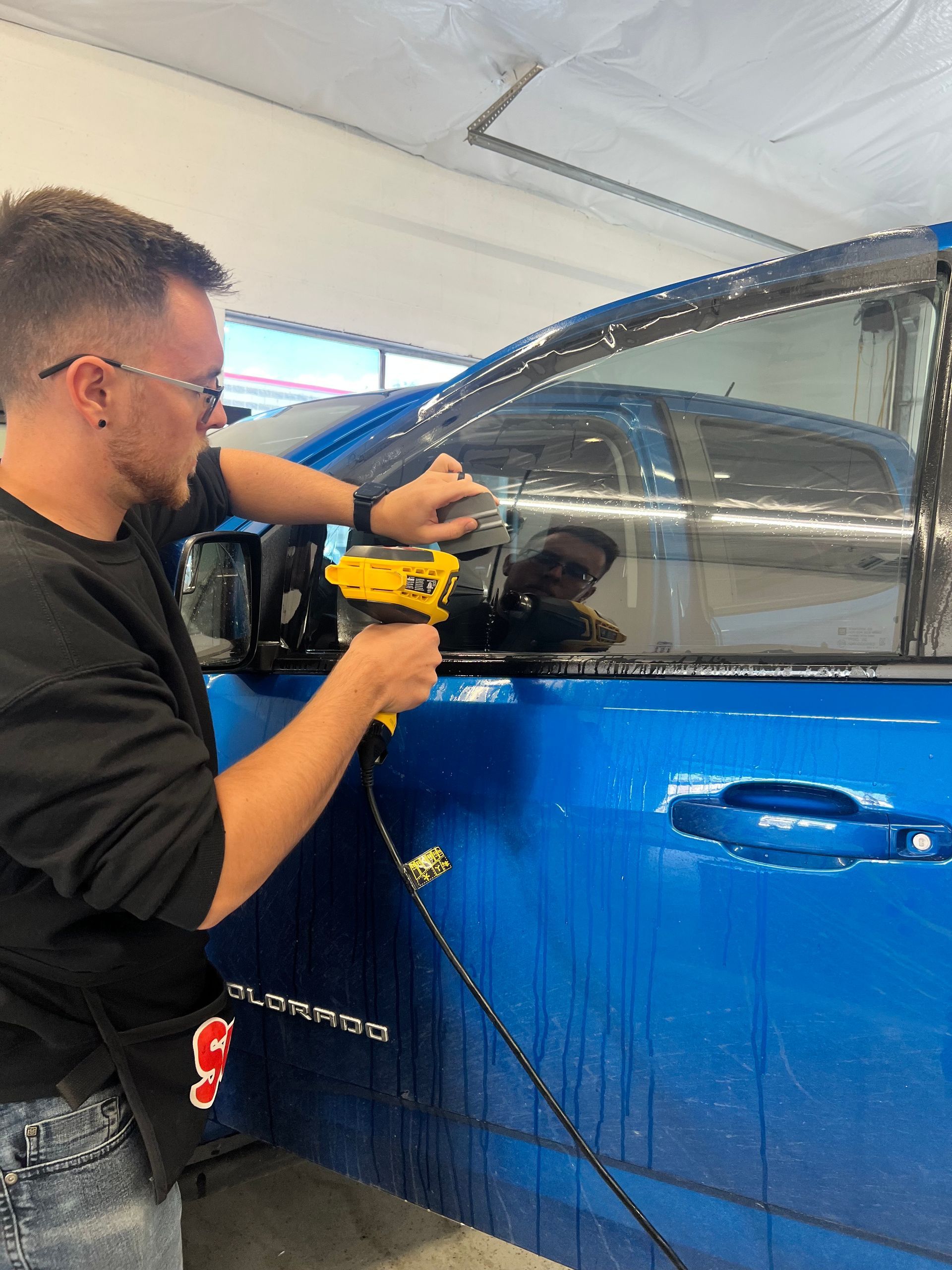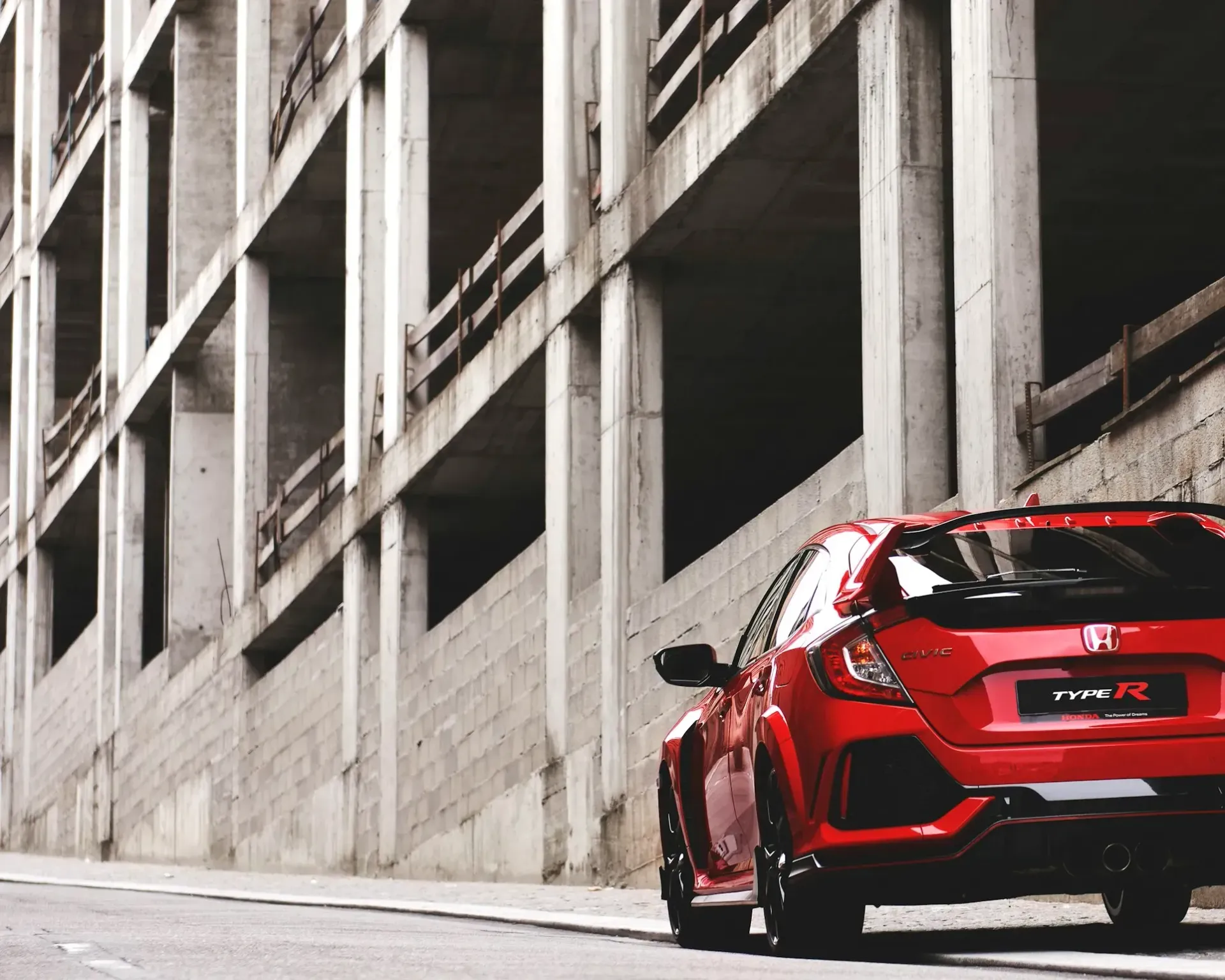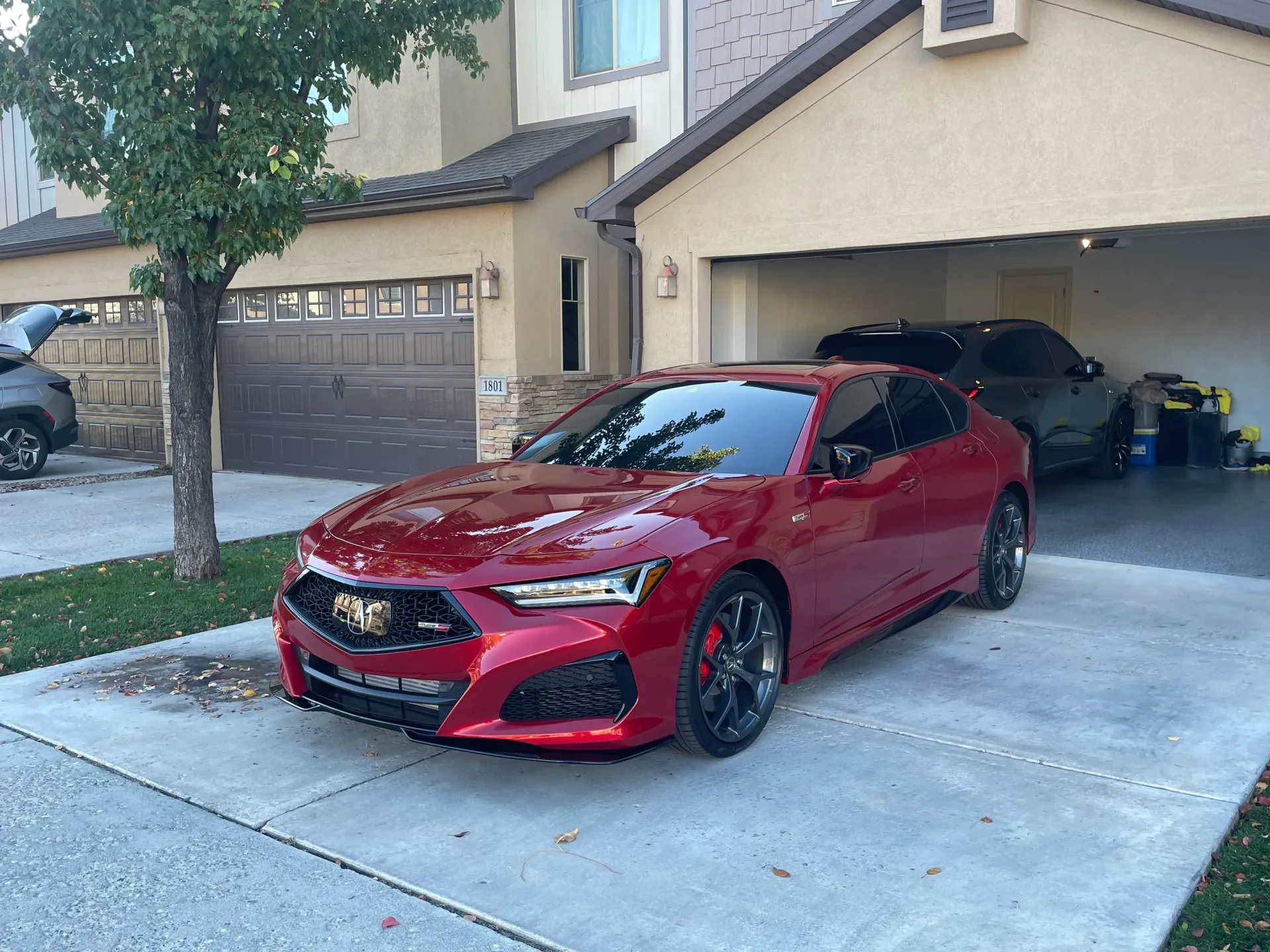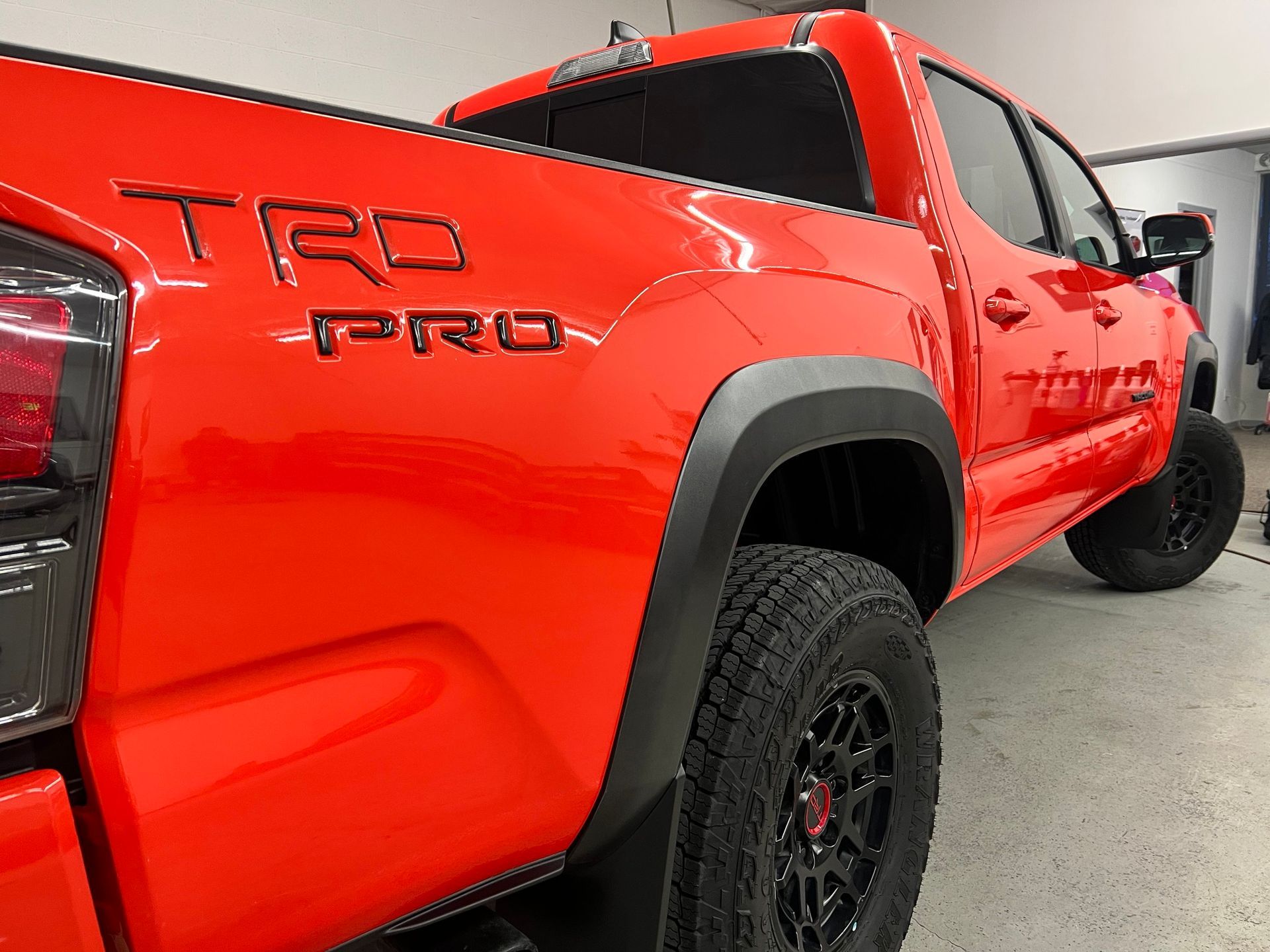
Ceramic Coating Cost in Utah: What You Need to Know
Ceramic coating is one of the best ways to protect your car’s paint and keep it looking new. But before you invest, you’re probably wondering: How much does ceramic coating cost in Utah?
The cost of ceramic coating in Utah ranges from $500 to $2,500, depending on the vehicle size, coating durability, and prep work required. Some coatings last a year, while premium options can protect your car for five years or more.
In this guide, we’ll break down the cost of ceramic coating in Utah, what affects pricing, and whether it’s worth the investment.
How Much Does Ceramic Coating Cost in Utah?
Ceramic coating prices in Utah vary based on a few key factors. On average, expect to pay anywhere from $500 to $2,500, depending on the type of coating and the prep work needed.
Average Price Ranges for Ceramic Coating
Here’s a general breakdown of what you can expect to pay:
- Basic Package (1-Year Coating): $500 – $900
- Mid-Tier Package (3-Year Coating): $900 – $1,500
- Premium Package (5+ Years or Lifetime Coating): $1,500 – $2,500+
What Affects the Cost of Ceramic Coating?
Several factors influence how much you’ll pay for ceramic coating:
- Vehicle Size: Bigger vehicles like SUVs and trucks require more coating, increasing the cost.
- Coating Type & Durability: Longer-lasting coatings cost more but provide better protection.
- Surface Preparation: If your car has scratches or swirl marks, paint correction is needed before applying the coating, adding to the total price.
Understanding these factors helps you decide which ceramic coating package is right for your needs and budget.
Is Ceramic Coating Worth the Price?
Ceramic coating is an investment, but is it worth the cost? For most car owners in Utah, the answer is yes. It provides long-term protection, reduces maintenance, and helps keep your vehicle looking new for years.
What Does Ceramic Coating Actually Do?
- Protects Against UV Damage & Fading: Utah’s high UV exposure can cause paint to fade. Ceramic coating blocks harmful rays.
- Repels Dirt & Water: The hydrophobic properties make cleaning easier and reduce water spots.
- Prevents Minor Scratches & Swirl Marks: While it won’t stop deep scratches, it adds a protective layer to prevent light surface damage.
Long-Term Savings vs. Upfront Cost
At first, ceramic coating seems expensive, but it can save you money over time:
- No More Waxing: A high-quality ceramic coating lasts years, while wax requires frequent reapplications.
- Less Frequent Car Washes: Dirt and grime don’t stick as easily, meaning you wash your car less often.
- Preserves Your Car’s Value: A well-maintained exterior helps maintain resale value.
If you want less maintenance, better protection, and a long-lasting shine, ceramic coating is a smart investment.
DIY vs. Professional Ceramic Coating: Which is Better?
When looking into ceramic coating, you’ll see two main options: DIY kits or professional application. While DIY seems like a cheaper alternative, there are key differences that affect results.
Cost Breakdown: DIY Kits vs. Professional Application
- DIY Ceramic Coating: $50 – $200
- Professional Ceramic Coating: $500 – $2,500
At first glance, DIY seems like a bargain, but the difference in durability, application quality, and longevity makes professional installation the better choice.
Risks of DIY Ceramic Coating
Applying ceramic coating is not as simple as waxing a car. Mistakes can lead to:
- Streaks and uneven coating that dull the shine instead of enhancing it.
- Coating failure if surfaces aren’t prepped properly with paint correction.
- Shorter lifespan, requiring frequent reapplication.
Why Professional Coating is Worth It
- Better surface preparation: Experts remove imperfections before applying the coating.
- Even, flawless application: No streaks, bubbles, or missed spots.
- Warranties: Many professional coatings come with 3-7 year warranties, ensuring long-term value.
If you want lasting protection, a perfect finish, and peace of mind, professional ceramic coating is the better investment.
Where to Get the Best Ceramic Coating in Utah
Choosing the right ceramic coating provider is just as important as picking the right package. A skilled detailer ensures proper application, maximum durability, and a flawless finish.
Top-Rated Ceramic Coating Providers in Utah
Here are some of the best ceramic coating shops in Utah County known for quality work:
- Veteran Detail – Specializes in high-end ceramic coatings with expert paint correction.
- VIP Detailing Utah – Offers a range of ceramic packages with professional application.
- Obsessed Detail & Restoration – Known for premium ceramic coatings with strong customer reviews.
How to Choose the Right Ceramic Coating Service
When selecting a provider, look for:
✔
Experience with Ceramic Coatings – Years of hands-on expertise matter.
✔
Certified Installers – Choose businesses that are trained by leading ceramic coating brands.
✔
Customer Reviews & Before/After Photos – Proof of high-quality work is essential.
✔
Warranty Options – A shop that backs its coatings with a warranty shows confidence in its service.
For the best ceramic coating results, working with a trusted detailer in Utah is the way to go.
Should You Get Ceramic Coating in Utah?
Ceramic coating isn’t just about looks—it’s about long-term protection and easier maintenance. If you want to keep your car’s paint in top shape while reducing the need for frequent washing and waxing, it’s a smart investment.
Who Benefits the Most from Ceramic Coating?
- Daily Drivers: Protects against road debris, UV rays, and dirt buildup.
- Luxury & Classic Car Owners: Preserves the paint’s original finish for years.
- Anyone Who Wants Less Maintenance: Makes cleaning easier and prevents fading.
How to Book a Ceramic Coating Service Today
For professional-grade ceramic coating in Utah, trust Veteran Detail. Serving American Fork, Pleasant Grove, Orem, Provo, Alpine, Highland, Lehi, and Saratoga Springs, they offer expert application and long-lasting protection.
Get a quote today and protect your car with the best ceramic coating in Utah!
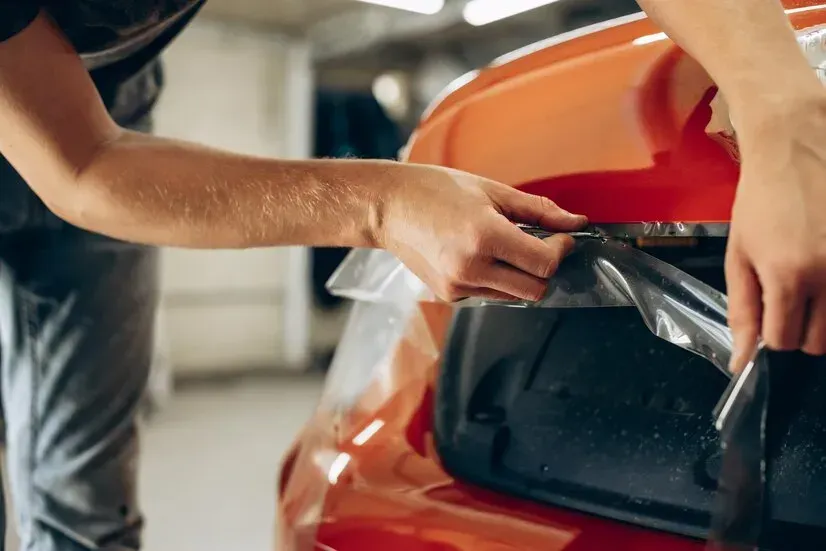
WHAT OUR CUSTOMERS HAVE TO SAY.
At
Veteran Detail we pride ourselves on providing outstanding Customer Service, and our ability to put right every little detail.
IS YOUR VEHICLE IN NEED OF SOME ATTENTION?
Book your next Detailing Requirements with
Veteran Detail. We are sure you will not be disappointed.
We have Packages to suit all your requirements Large or Small.
CALL 801–854–8575 TODAY
Contact Us
We will get back to you as soon as possible
Please try again later
331 W Main Street,
American Fork,
Utah
TEL:
801 – 854 – 8575
FAX: 801 – 756 – 6805
Timings
Detail/Shop Hours
- Mon - Fri
- -
- Saturday
- -
- Sunday
- Closed
Quick Menu
